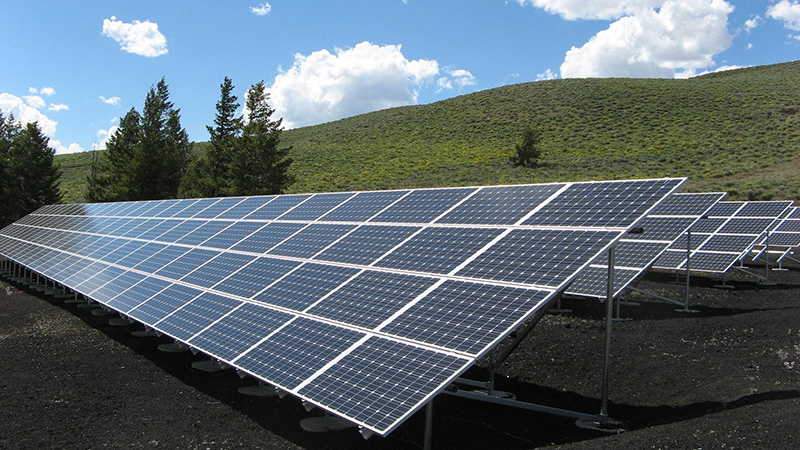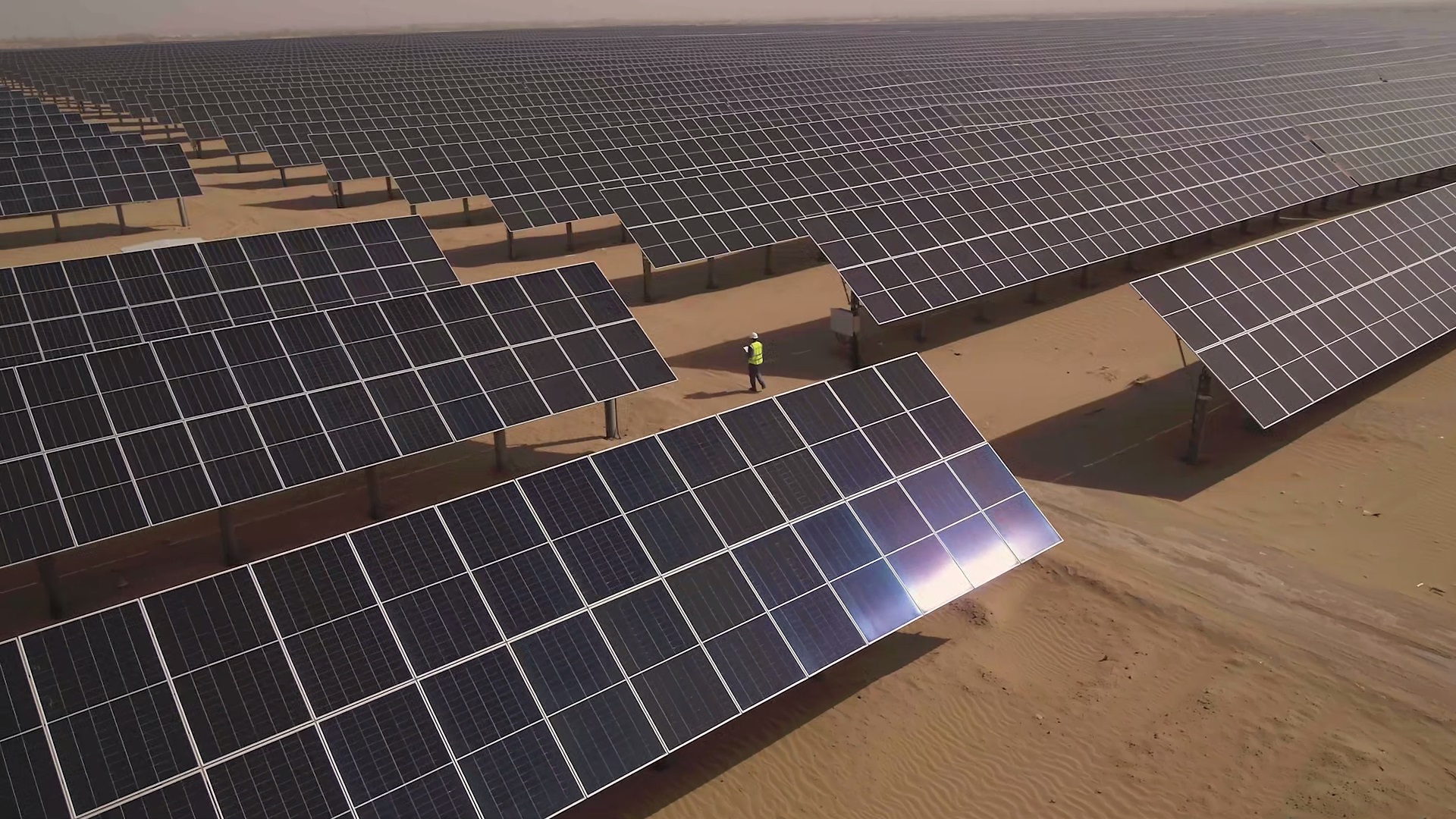The
difference between a solar cell and a battery lies in their functions and
principles of operation.
A solar
cell is a device that converts sunlight directly into electricity through the photovoltaic
effect.It generates electrical power by utilizing solar energy but doesn't
store it.
On the
other hand, a battery is an energy storage device that stores electrical energy
and releases it as needed. It can be charged by various sources, including
solar cells, and is not reliant on continuous exposure to sunlight.
While solar cells are focused on energy conversion, batteries are centered around energy storage and discharge.
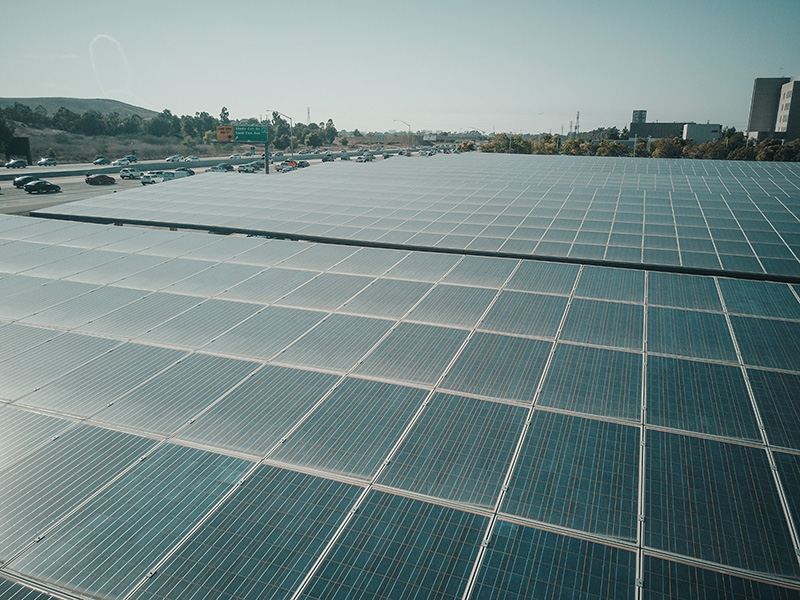
Background of Solar Energy
Definition and Historical Overview
Solar energy
is the energy harnessed from the sun's rays. It has been used for thousands of
years in various forms, but modern technological advancements have allowed for
more efficient capture and utilization. You can explore more information on its
history by
visiting the relevant resources or detailed articles on the subject.
Types of Solar Energy Technology
There are
different technologies used to capture solar energy, including photovoltaic
(PV) cells, solar thermal energy, and concentrating solar power. Each of these
technologies has unique applications and efficiencies.
- Photovoltaic (PV) Cells: Convert sunlight directly into
electricity.
- Solar Thermal Energy: Utilizes the sun's heat.
- Concentrating Solar Power: Focuses sunlight to generate
steam, driving turbines.
Benefits and Challenges
Solar
energy offers numerous benefits like sustainability, reduced greenhouse
emissions, and energy independence. However, it also faces challenges such as
intermittent availability and high initial costs.
Role of Batteries in Energy Storage
Introduction to Energy Storage
Energy storage is
essential for managing power supply, ensuring reliability, and integrating
renewable sources. Batteries play a crucial role in this, allowing excess
energy to be stored and used later.
Types of Batteries for Energy Storage
Different
types of batteries serve various needs in energy storage.
- Lead-Acid Batteries: Widely used for their
affordability.
- Lithium-Ion Batteries: Known for high energy density and
efficiency.
- Nickel-Cadmium Batteries: Used in specialized applications.
Integration with Renewable Energy
Batteries
enable the continuous supply of renewable energy by storing excess energy
produced during peak times. This stored energy can be released when the
production is low, ensuring a consistent energy supply.
Objective of Comparison
Comparing Functionality
The
comparison between solar cells and batteries focuses on how each technology
functions, its efficiency, cost, environmental impact, and potential for
integration.
Practical Applications and Uses
Understanding
the difference between solar cells and batteries helps in assessing their
practical applications, selecting the appropriate technology for specific
needs, and exploring opportunities for innovative solutions. Here's a link
to a comparison of different solar cells.
Importance for Sustainable Development
The
comparison also underscores the importance of both solar cells and batteries in
achieving sustainable development, reducing reliance on fossil fuels, and
contributing to a cleaner, greener future.
Understanding Solar Cells
Definition and Basic Principles
Solar
cells, also known as photovoltaic (PV) cells, are devices that convert sunlight
directly into electricity. The underlying principle behind solar cells is the
photovoltaic effect, whereby photons from sunlight knock electrons loose from
atoms, allowing them to flow through a semiconductor material and generate
electricity. The photovoltaic effect was first observed by Alexandre-Edmond
Becquerel in 1839.
Types of Solar Cells
Different
types of solar cells have been developed over the years, each with unique
characteristics and applications. Below are some of the common types:
- Monocrystalline Solar Cells: Made from a single crystal
structure, offering high efficiency and durability.
- Polycrystalline Solar Cells: Composed of multiple crystal
structures, providing a more affordable but slightly less efficient
option.
- Thin-Film Solar Cells: Made by depositing thin layers of
photovoltaic material on a substrate, known for their flexibility and
lightweight characteristics.
- Multi-Junction Solar Cells: Incorporates several layers of
materials to capture different spectrums of sunlight, providing very high
efficiency.
How Solar Cells Work
The
operation of solar cells
involves several key steps:
- Light Absorption: Sunlight penetrates the cell,
freeing electrons within the semiconductor material.
- Creation of Electron-Hole Pairs: The free electrons create
corresponding "holes" where the electrons were knocked loose.
- Movement of Electrons: The cell's electric field causes
the electrons to move towards one side, while the holes move to the
opposite side.
- Formation of Electric Current: As the electrons flow through an
external circuit, they generate electricity.
- Returning to Equilibrium: Electrons recombine with holes on
the other side, returning the system to equilibrium.
Applications of Solar Cells
Solar cells
have a wide range of applications that span across various sectors:
- Residential Use: Solar panels on rooftops,
providing electricity to homes.
- Commercial and Industrial Use: Large-scale solar farms supplying
power to businesses and industries.
- Transportation: Solar-powered vehicles and
charging stations.
- Remote Power Systems: Powering remote areas and off-grid
locations, like research stations or rural communities.
- Space Exploration: Solar cells are crucial in
powering satellites and space missions.
Real-world examples of these applications can be found in different regions and industries around the globe.
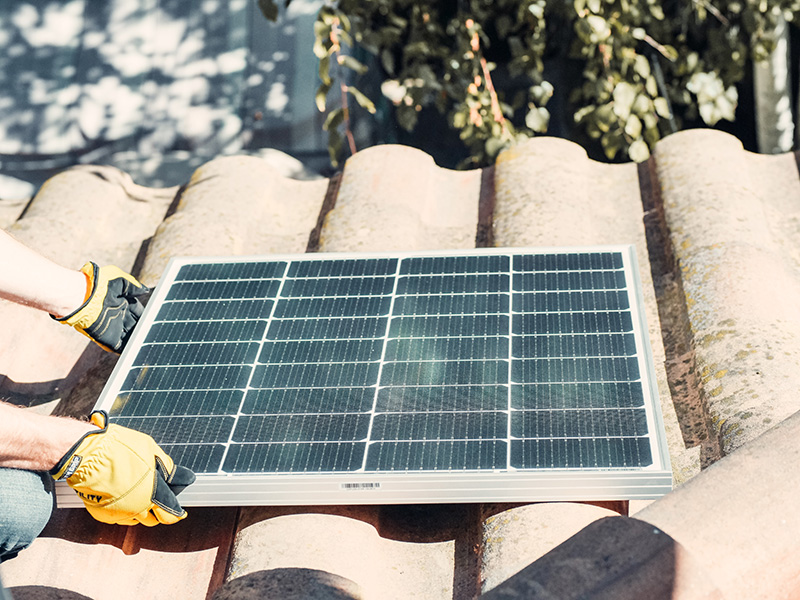
Understanding Batteries
Definition and Basic Principles
Batteries
are devices that store energy in a chemical form and convert it into electrical
energy when needed. They consist of one or more cells, each containing an
anode, cathode, and an electrolyte that allows for the flow of electric charge.
The basic principle behind a battery is an electrochemical
reaction that creates a flow of electrons from the anode to the cathode,
generating electric current.
Types of Batteries
Batteries
come in various types, each designed for specific applications and
requirements:
- Alkaline Batteries: Commonly used in household items
like remote controls and toys.
- Lithium-Ion Batteries: Known for high energy density and
commonly used in smartphones, laptops, and electric vehicles.
- Lead-Acid Batteries: Often used in automotive
applications for starting, lighting, and ignition.
- Nickel-Cadmium Batteries: Used in various industrial
applications due to their robustness.
- Nickel-Metal Hydride Batteries: Seen in hybrid electric vehicles
and some portable devices.
- Flow Batteries: Used in large-scale energy
storage.
How Batteries Work
The
functioning of a battery involves a series of electrochemical processes:
- Discharge Phase: During discharge, a chemical
reaction occurs at the anode, releasing electrons that travel through an
external circuit, providing power to a device.
- Electron Flow: Electrons flow from the anode to
the cathode through the external circuit.
- Charge Phase: In rechargeable batteries, the
application of an external voltage reverses the flow of electrons. This
action restores the materials in the anode and cathode to their original
state, readying the battery for future use.
- Repeatable Process: Rechargeable batteries allow the
charging and discharging process to be repeated many times. This
repeatability enables continual use of the battery, extending its lifespan
and utility.
Applications of Batteries
Batteries
find extensive applications across various fields:
- Consumer Electronics: Powering devices like smartphones,
laptops, and cameras.
- Automotive Industry: Used in cars, motorcycles, and
increasingly in electric vehicles.
- Industrial Use: Backup power for critical systems
and machinery.
- Renewable Energy Integration: Storing energy from renewable
sources like solar and wind, enabling continuous power supply.
- Medical Devices: Powering essential medical
equipment, including hearing aids and life support systems.
- Space Exploration: Providing energy for satellites
and space probes.
Batteries play a vital role in modern life, allowing for the portable use of electronic devices, facilitating renewable energy, and much more. Further information on the applications of batteries is available here.
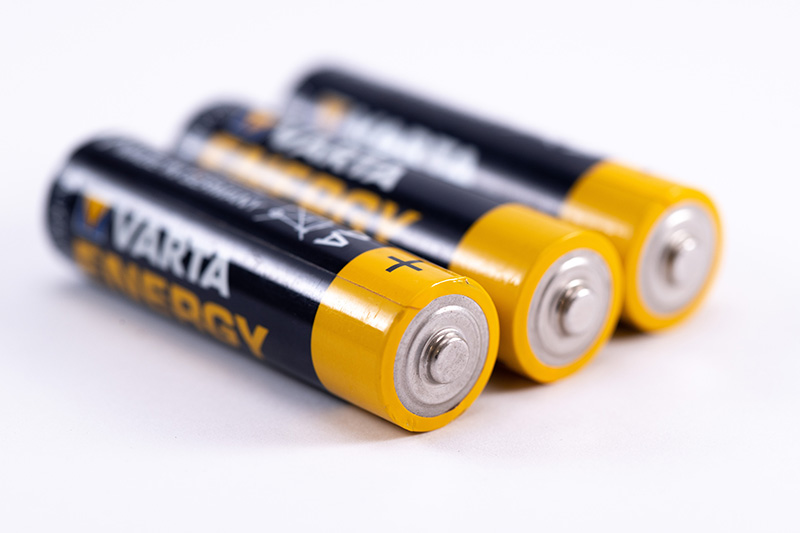
Comparing Solar Cells and Batteries
Efficiency
When it
comes to efficiency, solar cells and batteries show distinct characteristics:
- Solar Cells: The efficiency of
solar cells typically ranges from 15% to 22% for commercial products,
with some high-end types achieving up to 46%. The efficiency is determined
by the conversion rate of sunlight into electrical energy.
- Batteries: Battery efficiency is generally
measured by the energy output compared to energy input. For lithium-ion
batteries, this can be around 80% to 90%, while lead-acid batteries might
achieve 70% to 85% efficiency. The efficiency varies depending on the type
and usage of the battery.
Durability
Durability
is an essential aspect to consider for both solar cells and batteries:
- Solar Cells: Most solar panels offer a lifespan
of 25 to 30 years, with some manufacturers providing guarantees for even
longer periods.
- Batteries: The durability of batteries
depends significantly on the type and usage. For example, lithium-ion
batteries can last between 5 to 15 years, while lead-acid batteries may
have a lifespan of 3 to 12 years.
Cost
The costs
associated with both technologies have distinct factors:
- Solar Cells: The cost of solar cells can range
widely, depending on the type and scale of installation, generally falling
between $1 to $3 per watt.
- Batteries: Battery costs also vary with type
and capacity. For instance, a lithium-ion battery might cost anywhere from
$100 to $300 per kilowatt-hour.
Environmental Impact
Both solar
cells and batteries contribute to sustainability but have unique environmental
considerations:
- Solar Cells: Solar cells provide a renewable
source of energy, reducing greenhouse gas emissions. However,
manufacturing processes can have environmental impacts.
- Batteries: Depending on the battery type,
there can be environmental concerns regarding the extraction of raw
materials and disposal of used batteries. Recycling efforts and the shift
towards more eco-friendly materials are addressing some of these concerns.
Integration and Compatibility
The
integration and compatibility of solar cells and batteries are crucial for
various applications:
- Solar Cells: Integration with the grid and
compatibility with various energy storage solutions like batteries are
vital for the effective use of solar energy.
- Batteries: Batteries must be compatible with
the charging source, whether it's solar, wind, or conventional electricity,
and suit the specific requirements of the application.
The
following table summarizes the comparison:
|
Aspect |
Solar Cells |
Batteries |
|
Efficiency |
15% to 46% |
70% to 90% |
|
Durability |
25 to 30 years |
3 to 15 years depending on type |
|
Cost |
$1 to $3 per watt |
$100 to $300 per kilowatt-hour |
|
Environmental Impact |
Renewable but with manufacturing considerations |
Varies with type, concerns over materials and
disposal |
|
Integration |
Compatibility with grid and storage solutions |
Compatibility with various energy sources |
This
comparison aims to provide a comprehensive overview of solar cells and
batteries, highlighting their efficiency, durability, cost, environmental
impact, and integration aspects. It assists in making informed decisions based
on specific needs and applications.
Combining Solar Cells with Batteries
Solar-Powered Battery Systems
Solar-powered
battery systems are becoming a popular solution for sustainable energy storage
and use. Solar cells in these systems capture sunlight and convert it into
electrical energy. Batteries then store this energy for later use, providing
flexibility and autonomy. This setup ensures the availability of energy even
when sunlight is not present, allowing for consistent power access.
Brands like
TongWei are contributing to the
development and deployment of solar-powered battery systems. By coupling solar
cells with batteries, these systems can efficiently manage energy consumption
and ensure uninterrupted power supply.
Benefits of Integration
The
integration of solar cells with batteries offers several advantages:
- Enhanced Energy Utilization: Stored energy can be used during
cloudy days or nighttime, maximizing the benefits of solar power.
- Grid Independence: Systems can operate off-grid,
providing electricity in remote locations or reducing reliance on
traditional power grids.
- Cost Savings: By generating and storing energy
onsite, users can reduce electricity bills and even sell excess power back
to the grid.
- Environmental Benefits: Utilizing renewable solar energy
reduces greenhouse gas emissions and promotes sustainability.
- Scalability: The systems can be designed to fit various sizes and needs, from small residential setups to large industrial applications.
Real-world Examples and Case Studies
The
implementation of solar-powered battery systems can be found in various
real-world scenarios:
- Residential Installations: Many homeowners are adopting solar
panels coupled with battery storage to minimize electricity costs and
enhance sustainability.
- Industrial Applications: Businesses like TongWei are
integrating solar energy with batteries to provide consistent power to
manufacturing facilities.
- Rural Electrification: In remote areas, solar-powered
battery systems are bringing electricity where traditional grid
connections are not feasible.
- Emergency Power: Some hospitals and emergency
services utilize these systems to ensure a reliable power supply during
outages or natural disasters.
- Urban Infrastructure: Cities are integrating solar and
battery solutions in public buildings, street lighting, and other
infrastructural elements.
The integration
of solar cells and batteries represents a significant advancement in renewable
energy technology. It offers a path towards cleaner, more resilient, and
cost-effective energy solutions.



